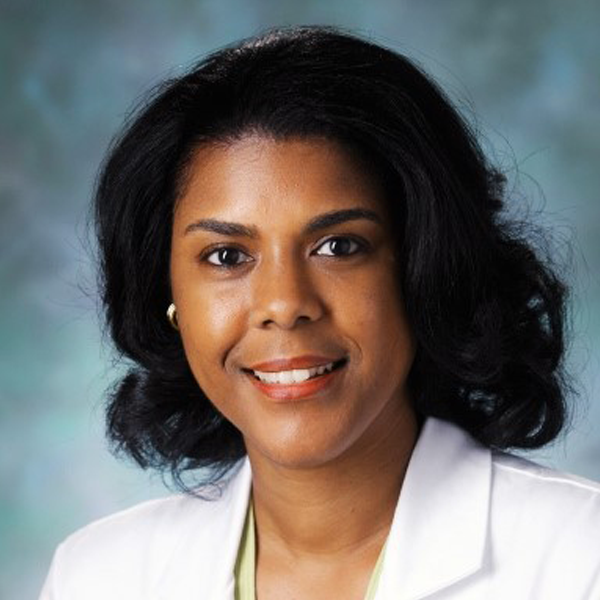Takeaway
Far from being inversely related, physician mindfulness provides the foundation upon which diagnostic acumen is built.

Lifelong Learning in Clinical Excellence | February 23, 2018 | 2 min read
By Sharon Solomon, MD, Johns Hopkins Medicine
Trained for a high level of efficient performance
As clinicians in an academic setting, we’re subject to the fulfillment and frustration of pursuing the tripartite mission of research, teaching, and patient care on a daily basis.
When we arrive at our habitually overbooked clinic on Monday morning and are greeted by the inexperienced, new resident on rotation, the foreign medical student who has traveled half-way around the world to gain clinical experience at Johns Hopkins, the study coordinator who needs us to immediately hit “submit” for pending IRB materials, and the first patient of the day who needs to leave in five minutes because mobility is waiting, we develop an infallible knack for mentally triaging and performing with incredible efficiency.
The patient is examined, his tests reviewed, the appropriate diagnosis made, and treatment rendered during the time we have simultaneously oriented the new resident to clinic, provided the visiting medical student with some clinical pearls, and hit “submit” on a computer that the study coordinator has primed in the hallway as we walk quickly between exam rooms.
This efficiency or “diagnostic acumen” pertains not only to the traditional treatment of each clinic patient but extends to the overall well-being of the clinic, which, if described as a living organism, includes not only the patients, but the medical trainees and staff who depend on us each day to keep all systems running smoothly.
However, does this high level of performance come with a price?
Not necessarily. Despite the high rate of physician burn-out that’s commonly described in the media, there still seems to be plenty of physicians who derive joy from the practice of medicine and from the diverse skillset that it draws upon, everyday-present company included!
What’s the secret? I propose that it’s “mindfulness,” described by Wikipedia as, “…intentionally bringing one’s attention to the internal and external experiences occurring in the present moment.” More simply described by Harvard psychologist Ellen Langer, mindfulness is “the simple act of noticing.”
So, what’s apparent to the mindful physician that to an outside observer appears like another chaotic clinic? Though it’s not possible to answer precisely for all physicians, in my own experience, it’s the quiet joy of knowing that I’ve done something to lighten the burden of each patient and family member with whom I’ve interacted that day–whether by providing vision-saving treatment or by providing compassionate care through listening and answering questions when treatment doesn’t exist.
It’s the satisfaction derived from not only actively teaching the resident and visiting medical student how to examine the patient, identify disease patterns, and generate an appropriate differential diagnosis, but also from passively showing how compassion toward one’s patients can be expressed by a gentle touch, by sitting face-to-face, and by eye contact so that the patient knows that at this moment his care is all that matters–despite the vibrating cell-phone and the overhead pages–and realizing, in that moment, that the trainee gets it!

